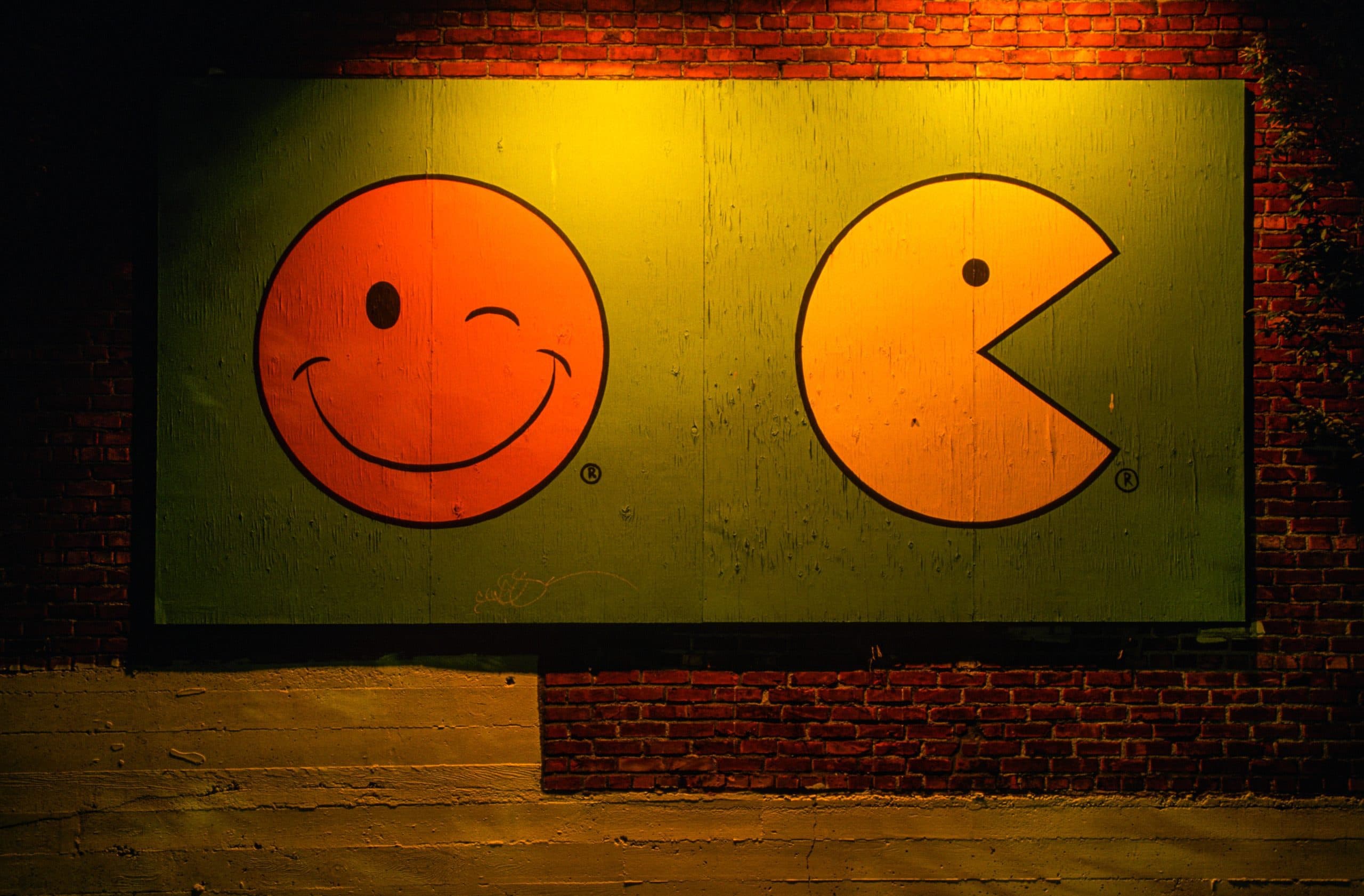The Use of Memes in Digital Marketing
Memes are omnipresent across social media platforms, humorous, entertaining, and easy to digest, when they pop up on the average timeline they are very hard to resist and that’s what makes them so engaging. But what about taking memes for the consumer a step further and what part do they play in marketing? History of […]


Memes are omnipresent across social media platforms, humorous, entertaining, and easy to digest, when they pop up on the average timeline they are very hard to resist and that’s what makes them so engaging. But what about taking memes for the consumer a step further and what part do they play in marketing?
History of memes: Where did they come from where did they go

The word meme initially originated in Richard Dawkins’s book The Selfish Gene in 1976 as an explanation of how ideas replicate, mutate, and evolve (memetics). The concept of the Internet meme was then proposed in a June 1993 issue of Wired by Mike Godwin.
Dawkins defined an Internet meme as being deliberately altered by human creativity and different from the pre-Internet concept of a meme, which involved mutation by random change and spreading through accurate replication. Internet memes are a “hijacking of the original idea” and leave a footprint in the media through which is analyzable.

How do digital marketers use memes?
Advertising agencies have been producing marketing content since the early 1920’s so it’s unsurprising that we are all too familiar with the traditional paid ads that we’re bombarded with online. Oftentimes this content can feel stale and a telltale for sponsored advertisements trying to sell us something which puts us off.
The meme format on the other hand offers a fresh perspective and is much more difficult to distinguish than conventional advertising. A meme blends in seamlessly on timelines and has a greater chance of arousing a consumer’s interest as a result. Once digital marketers understood this, it led to the birth of a new phenomenon, meme-jacking.
Meme-jacking
Meme-jacking occurs when marketers hijack popular memes online and reuse them to market their products or services. Meme-jacking has become increasingly popular in recent years because it’s a clever way to share consumer-friendly content that also has the potential to go viral.
One prominent example is the use of the famous “Success Kid” meme by the White House to promote immigration reform. The meme features a toddler with a determined look on his face, clenching a fist, labelled with a phrase eluding to a successful endeavour.

This example demonstrates just how powerful memes can be as a marketing tool. They are relatable enough to spur your interest and entertain you while also conveying the underlying message. Finding a funny meme also encourages you to share it with friends, family, or even your following, all with just a simple click.
Tips for using memes in digital marketing
Memes utilise content that’s already been created by other people so you don’t have to spend too much time creating an original video or photo yourself. This can save small digital marketers significant amounts of time that would be needed to produce traditional original content.
While most digital marketers know about memes that would appeal to their audience, it can be difficult to use them while maintaining brand consistency. So it’s important to stay trend-savvy and keep an eye out for trends that would work well with your brand.

The key is to be authentic and open-minded. This highlights that your brand has a personality and is less clinical than bland commercial competitors. Aim to understand what your target audience is interested in, and make relatable jokes based on this. By hopping on the relevant and popular trends, you can show consumers that your brand is culturally aware and more humanized. This fundamentally makes for more targeted and less clinical content.
You can read more about how digital marketing can improve brand sentiment and visibility online through our blog, or get in touch with us today for a bespoke strategy.

 Search
Search PR
PR AI
AI Social
Social














